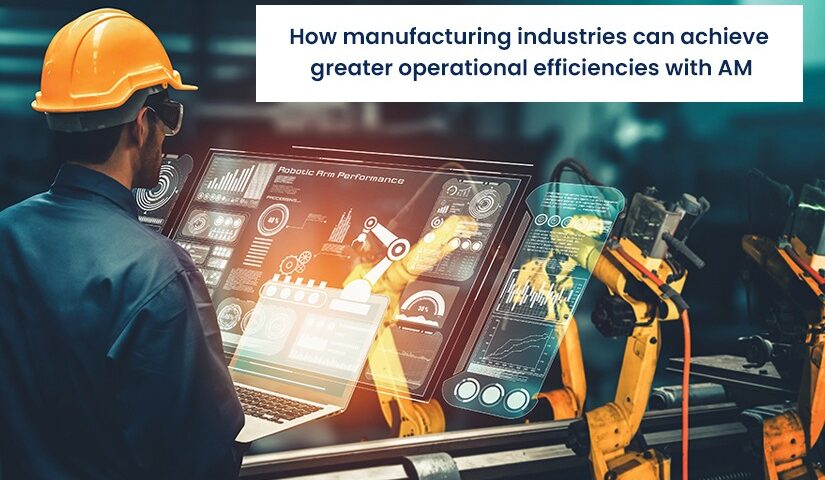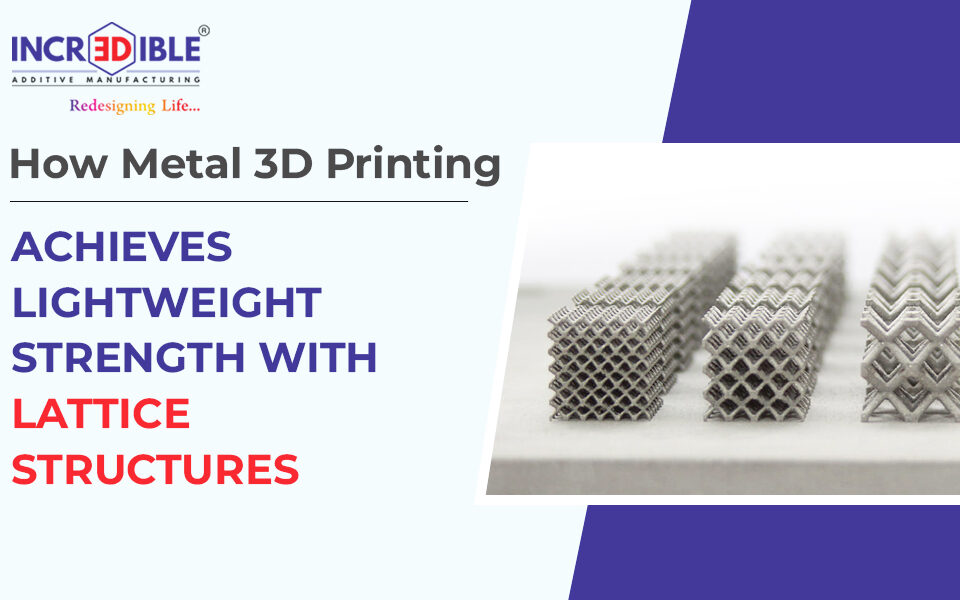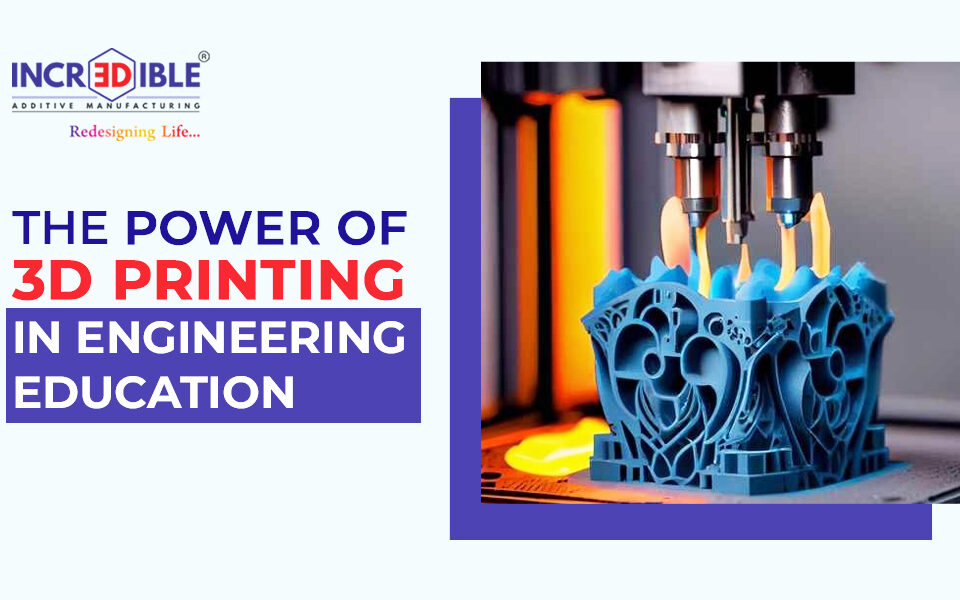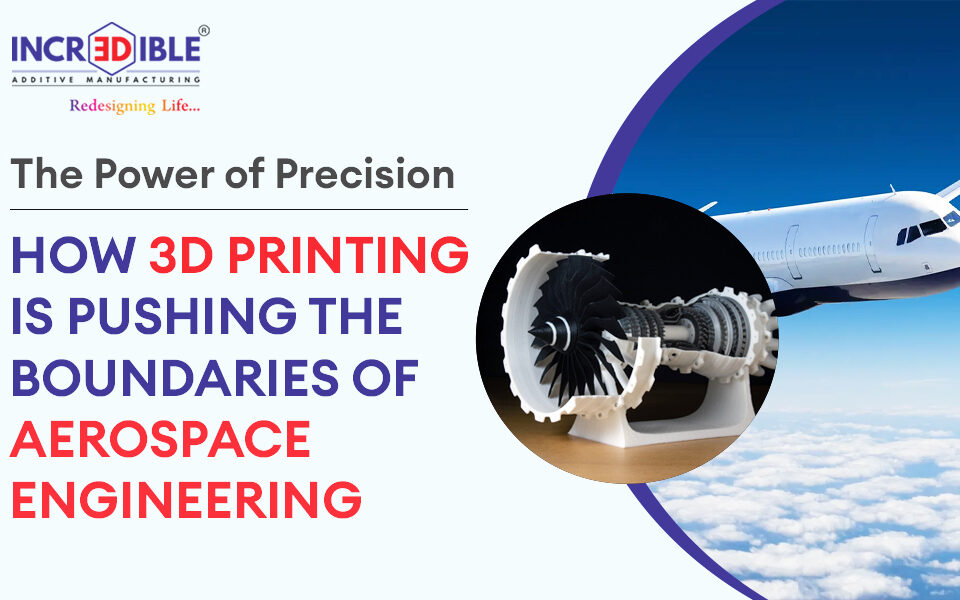The manufacturing sector is constantly looking for new technologies to aid in its expansion. Manufacturers can now profitably and effectively meet customer demand thanks to the latest additive manufacturing (AM) technology. With the help of this technology, manufacturers can increase productivity and cut costs.
The innovative technology aids in producing 3d objects with better geometries in reduced time and cost. AM benefits the manufacturing industry in several ways forcing them to implement this technology.
Several reports claim that manufacturers can increase production efficiency by almost 40% with additive manufacturing. Let’s examine aspects of additive manufacturing that can help achieve greater operational efficiencies.
- On-demand scalability
Additive manufacturing, better known as 3D printing technology, is excellent for creating intricate designs with a high level of customization. With the help of this feature, manufacturers can reach a larger market and create products as needed. As a result, producers can now create distinctive goods for every customer, boosting their productivity and profits.
By producing inexpensive small runs of items that would have been expensive to produce using traditional methods, manufacturers can reduce costs. To print the product at a low cost, they only need to send the design file from their computer-aided design software (CAD). Additionally, mass customization enables a variety of production runs over long periods of time without having excess inventory sitting around collecting dust, which results in wastage & significantly raises operational costs.
- Reduced time-to-market
The process of making a physical object, from ideation to the finished product, can be time-consuming and expensive. By reducing costs & accelerating production, 3D printing aids manufacturers in reducing time-to-market.
Manufacturers can print non-standard parts for their products using 3D printing technology from the very beginning of the design process. As a result, it saves time and money because businesses will not have to wait until the entire product is developed before beginning production. The technology also makes it possible for faster concept modelling, shortening the time it takes to create prototypes and giving manufacturers an advantage over rival companies.
- Reduced operation cost
Because manufacturers must spend a lot of money on 3D printing materials and labour to create a prototype, printing at home or using traditional prototyping tools can be expensive. The use of 3D printing technology is a great substitute because it provides time and money-saving, low-cost prototyping options.
Manufacturers can now use 3D printers on-site, increasing their efficiency by reducing operating expenses. Businesses need not worry if they lack access to 3D printing tools or knowledgeable personnel. This is due to the fact that many inexpensive 3d printing services in India provide quick prototyping solutions at low costs.
- Reduced wastage
Cost management is a significant challenge for manufacturers. The key to controlling these costs is to shorten the time to market and reduce waste. Waste happens when manufacturers create products that don’t meet the requirements necessary for their design or when they are forced to scrap a product’s component as a result of production errors.
By accelerating the production of non-standard products and reducing the time to market, 3D printing technology can help lower these costs. The technology also makes sure that manufacturers won’t need to spend a lot of money on inventory or scrap materials for an item. As a result, it assists companies in making significant cost cuts, which eventually results in higher profits.
- Offers production flexibility
Multiple industries benefit from the advancement of 3D printing in operations. It makes it possible for manufacturers to create parts that are incredibly complex, which was previously impossible. Additionally, the technology allows for the simple production of numerous products at once and improves component design flexibility.
Additionally, 3D printing can be used for activities like functional testing and assembly prototyping. Manufacturers receive insightful information about the behaviour of their designs before they are finalised. It allows them to make changes quickly without incurring significant costs, which significantly reduces the time required for product development. In order to develop products that are flexible, 3d printing is the future.
- Overcomes the MOQ challenge
Manufacturers frequently struggle with the Minimum Order Quantity (MOQ). It can be challenging to find the appropriate quantity of raw materials when working on custom projects. As a result, it limits product development and adversely affects a company’s ability to expand.
This issue is entirely solved by 3d printing technology, which also enables businesses to produce just one unit. It provides more freedom to print small batches or just the amount needed for testing without having to worry about storing extra material. Additionally, 3D printing gives businesses the option to print products on-site using affordable services, saving them time and money while also providing other advantages.
- Best for long-term and short-term projects
The use of 3d printing technology has immediate advantages and also has significant long-term benefits. For making moulds and patterns that can later be cast in plastic or metal, for instance, it is perfect. It also enables manufacturers to conserve storage space while maintaining low initial costs.
The adoption of additive manufacturing (AM) has been increasing exponentially across numerous industries, and it is gradually becoming a fundamental component of the manufacturing sector. The technology is affordable, drastically increases operational efficiency, decreases waste, and is therefore perfect for both short-term and long-term projects. Businesses become familiar with this technology as a result in order to remain competitive in their respective industries.
- Utilizes a wide range of materials
In order to reduce costs, manufacturers are taking advantage of the variety of materials offered by 3D printing technology. Traditional manufacturing calls for casting parts from moulds made exclusively of particular materials, which are not always viable or cost-effective. Because of this, producers occasionally have to discard priceless materials even after producing just one part, resulting in waste and a reduction in profits.
By using powdered metal and plastic to build objects by adding and removing layers until an object is formed, 3D printing helps to solve this issue. With the use of 3D printers, virtually any material can be used to create parts without the need for costly moulds. In the end, it enables companies to reduce production costs without significantly lowering quality.
With these operational efficiencies, AM gives manufacturers an edge in attaining better productivity and quality product. Thus, several manufacturing companies integrate 3d-printing technology to gain a competitive edge by implementing innovation and enhancing operational efficiency.
Conclusion
Additive manufacturing that helps in enhancing overall business functionality, including operational efficiency, is the future of the manufacturing industry in India. Incredible AM Pvt Ltd in Pune, one of the pioneers in additive manufacturing, partners with manufacturers and facilitates them with 3d-printing services and products. With a state-of-the-art facility and an efficient and knowledgeable workforce, we cater to the demands of the manufacturing industry and help them achieve better results and higher productivity.
To avail of our services, connect with us.




